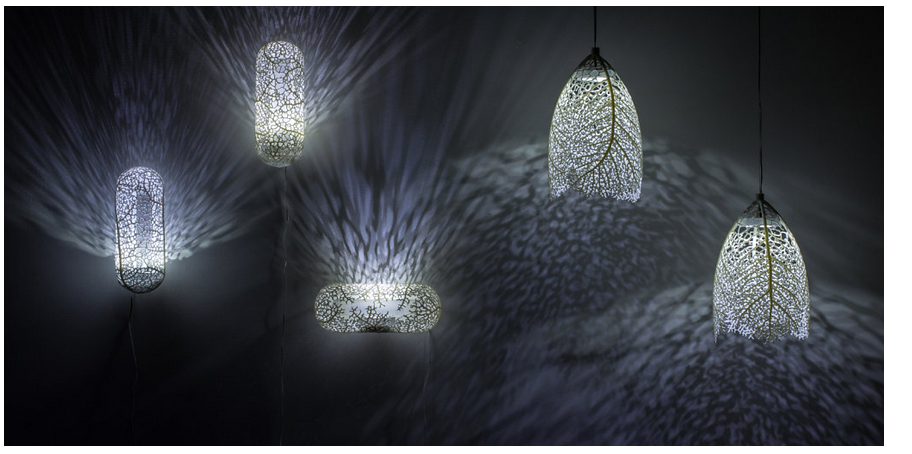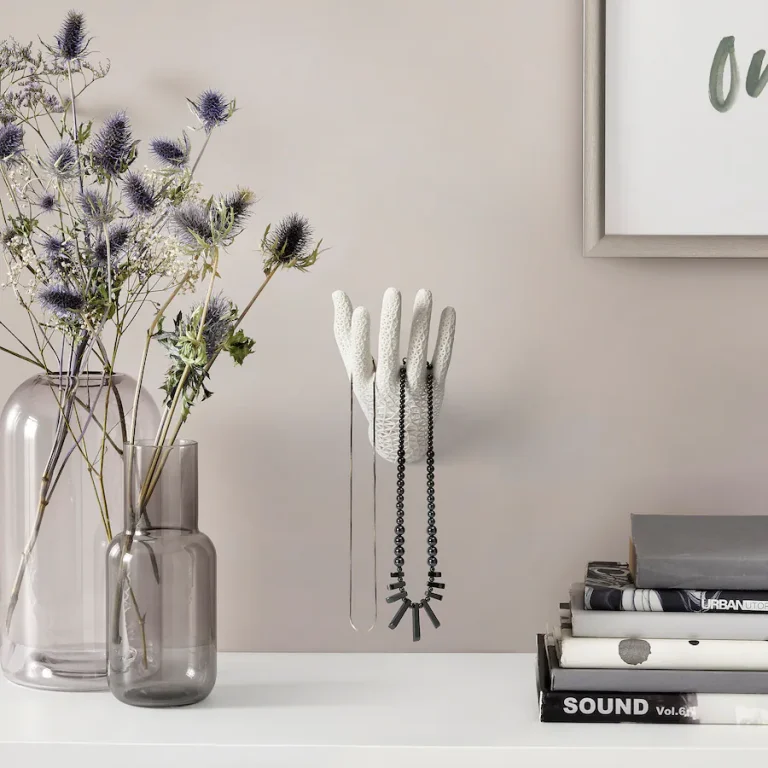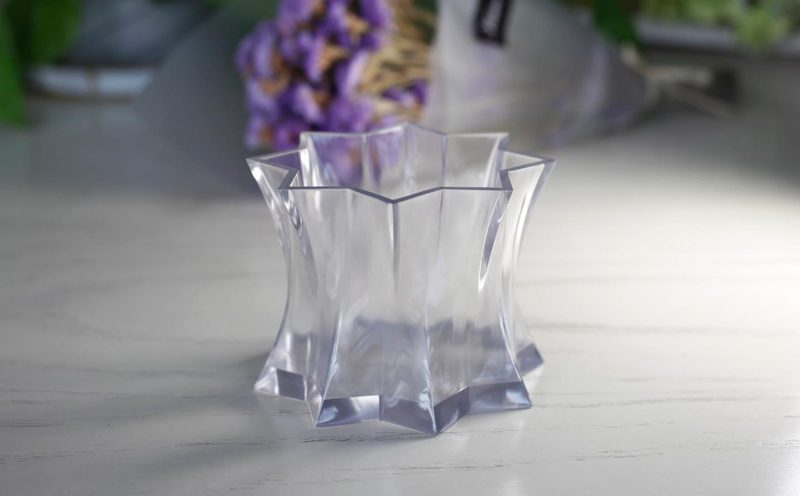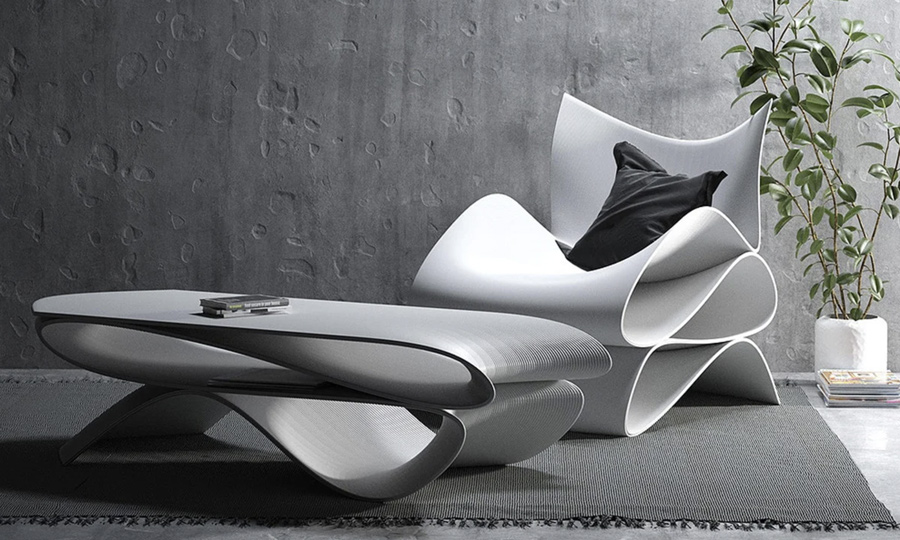As 3D printing penetrates diverse industries, its potential impact on daily life becomes evident. Exploring its role in interior design reveals the wide array of possibilities. Initially centered on polymers, the field has advanced remarkably, embracing materials like sand, wood, and marble. In this domain where creativity reigns supreme, 3D printing reigns as the perfect tool for unleashing imagination. This symbiotic relationship between additive manufacturing and creativity is rapidly gaining traction in design and architecture, reshaping the way we approach these fields.
Interior design encompasses crafting the ambiance of interior spaces, achieved by manipulating spatial volume and surfaces. It permeates every corner of a residence, spanning bathrooms, kitchens, living rooms, and bedrooms. In this realm, 3D printing finds purpose in creating diverse objects like furniture, chairs, tables, lamps, bathroom accessories, and decorative items. The spectrum of possibilities to add the desired touch and intricacy to your home is expansive. Moreover, additive manufacturing amplifies sustainability and customization, enhancing the realm of home projects.

The Advantages of Integrating 3D Printing into Interior Design
Additive manufacturing brings a notable benefit: the ability to envision and design nearly any part, offering remarkable design freedom. This advantage extends beyond manufacturers; even individuals with home 3D printers benefit. In interior design, 3D printing offers more advantages, including the capacity to print substantial volumes using XXL machines, alongside small and medium-sized runs, all executed with speed and flexibility.
Consider Sandhelden, a German firm leveraging 3D printing for bathroom furniture creation. They sidestep minimum order restrictions, printing up to 150 washbasins within 24 hours using their largest printer. Uniqueness poses no challenge, as each basin, even slightly varied, can be produced. This echoes 3D printing’s environmental dedication, a topic we’ll delve into further ahead.
What Types of 3D Technologies Find Application in Interior Design?
There are many different printing processes, and no single technology is best suited to interior design. To choose the right one, you need to take into account a number of aspects, such as the desired finish, the compatible material or the final application. Taking a closer look at the market and its players, more and more companies are integrating additive manufacturing into their production chains. The famous Swedish brand IKEA is one of the companies that embraced 3D printing a few years ago. Its first collection of 3D-printed objects was created in 2018 with SLS printing, in collaboration with designer Bea Åkerlund. London studio Alaska’s project is another example: thanks to SLS, they have built a table whose legs have been 3D printed and can support the weight of a walnut top.
Another technology used is binder jetting. It is compatible with a wide variety of materials, including metal, sand, wood, ceramics and composites. One of the companies already using it for interior design is Sandhelden, notably for the creation of bathroom collections. Another example is Forust. Founded in 2019, the company uses wood as a manufacturing material for decorative parts, among other applications. It also offers its customers an online printing service where anyone can order samples or send in their creations. By applying colors and textures to 3D-printed sawdust, it has opened up a wide range of functional and creative possibilities. Since its partnership with Desktop Metal, the two companies have used metal powder and wood waste binder jetting for a number of sustainable projects.

FDM technology also offers an economical choice, enabling the creation of 3D parts at home. With printers available for around a hundred euros, materials like PLA, ABS, nylon, or PETG can be employed. Noteworthy projects include the puzzle-inspired chairs crafted by Bits & Parts, available in three distinctive models.
What Are the Most Frequently Utilized Materials?
To select the ideal material for your decorative piece, several considerations come into play. These encompass the material’s attributes (strength, flexibility, etc.), intended color or usage, and desired finish, among others. Predominant materials utilized in 3D printing encompass polymers and metals, available in various forms—resin, filament, or powder—depending on your chosen technology. Polymers, for instance, cater to a wide range of parts and decorative items.
Ceramics and organic materials present an authentic, natural aesthetic. Wood, for instance, can be employed for lamps, while glass, stone, and even sand offer diverse options. Clay is another viable choice, imparting a sleek, rigid texture. The accompanying image showcases examples of 3D-printed parts using this diverse material palette.


The Significance of Sustainability
Numerous companies prioritize environmental consciousness, extending beyond 3D printed homes to various design realms. 3D printing and recycling often merge in projects like Barbara Gollackner’s food waste-turned-tableware or a Middle Eastern pavilion composed of recycled water bottles.
3D printing’s efficiency is increasingly recognized. Beyond rapid creation, it minimizes material waste, contrasting traditional manufacturing. Bold Design asserts, ‘We produce objects closely aligned with end-users, minimizing storage and waste.’ Design precision and technicality are harmonized, yielding quality at reasonable costs while honoring the environment.
Projects include IAAC’s rice and clay wall, Aectual’s recycled plastic planters, and R3direct’s energy-efficient plastic granule printing. The ecologically beneficial approach extends to furniture—using 100% recycled plastic or urban waste, like R3direct’s repurposed packaging granules.
Personalization Through Additive Manufacturing
Additive manufacturing boasts a notable benefit in its adaptability. Personalizing home decor is an inherently intimate endeavor, with preferences and hues being non-negotiable. 3D printing facilitates this exact purpose, empowering you to customize your furnishings. This capability arises from 3D printing, granting users the ability to craft long-envisioned designs previously unrealizable, fostering unrestricted imagination and inventiveness.
Moreover, users can personally engage with this process using their individual 3D printer. We’ve already witnessed instances, encompassing lamps and ornamental pieces such as vases, planters, and even seating and furniture. Infuse your living space with a dash of ingenuity by integrating 3D printed artifacts! Those adept in 3D design can undertake room modifications or renovations autonomously. A plethora of software tools are at your disposal for generating these designs, and pre-made options can also be sourced across diverse online platforms.
What Awaits 3D Printing in the Future of Interior Design?
We’ve delved into the role of 3D printing in interior design, but what lies ahead for this field? Virtually every sector has embraced additive manufacturing for its manifold benefits in production. From independent designers to major corporations, a vast market beckons, promising unparalleled creative liberty in design, production, and promotion. The abundance of materials compatible with 3D technology ensures an endless array of creations, spanning intricate ornaments to furniture, cutlery, and beyond. It’s a matter of time until new ventures in interior design with 3D printing emerge. Our anticipation is for future designs marked by uniqueness, sustainability, and innovation. As developments unfold, we’ll keep you informed. Stay tuned for updates!





